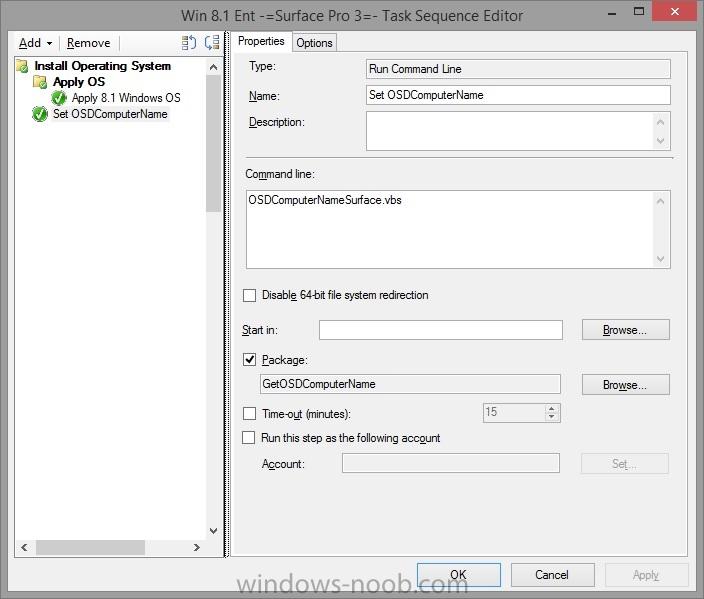Search the Community
Showing results for tags 'osd task sequence'.
-
Just thought I'd share a script I wrote this morning. I currently have a task sequence that builds various devices and takes the OSDComputerName variable from the Asset Tag BIOS field. The Surface Pro 3 works a little different, in that you can't set this field directly from the BIOS, you need to se...
-
- surface pro 3
- OSDcomputername
-
(and 3 more)
Tagged with:
-
Hello All, I'm not sure if someone has already started a discussion thread for this topic already. In my task sequence, any application that i add fails to install. When I run my apps inside of my OSD I never do get any error code. My co-worker who is also trying this said he received an er...
-
- OSD Task Sequence
- Applications Fail to Install
- (and 1 more)



